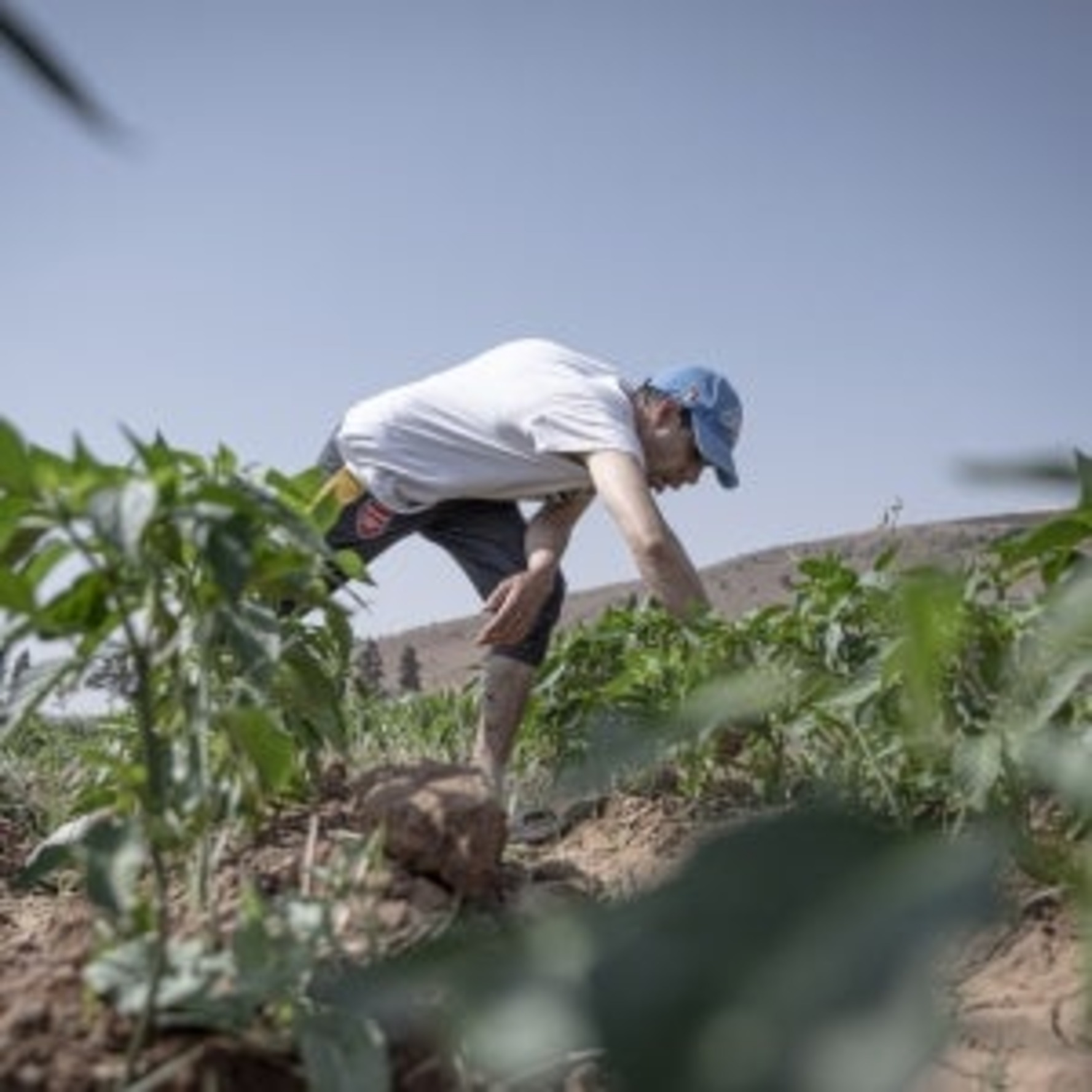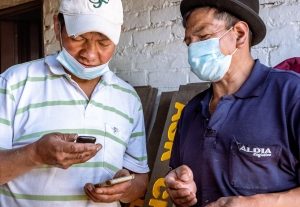[ad_1]
Food security is among the top global development priorities. Like most of the pressing challenges faced by humanity today, food security is a complex and multidimensional problem as it implies making food available, affordable, nutritious, and produced sustainably. And, despite private investment growth in food systems during the past decade, the indicators that track these food security dimensions continue to deteriorate.
The number of people unable to access a minimum caloric intake has been on the rise since 2014, reaching 735 million in 2024. Furthermore, low- and middle-income countries (LMICs) are home to about 3.5 billion people suffering from nutrient deficiencies, 2.8 billion people who cannot afford a healthy diet and about 70% of all people suffering from overweight and obesity. In addition, food systems contribute to a third of global greenhouse gas emissions.
There is broad consensus on the urgent need to transform food systems in ways that are more effective in addressing the root causes of food insecurity. It’s also widely accepted that financial services and investment mechanisms are key to developing agricultural technology (AgTech) innovations that can deliver the type of food system transformation that results in better food security outcomes. Food insecurity is a problem faced mainly by people living in poverty – mostly women – and, therefore, strong pro-poor and gender lenses need to be embedded to be effective.
There is broad consensus on the urgent need to transform food systems in ways that are more effective in addressing the root causes of food insecurity.
However, recognizing where to focus finance and investment efforts to foster food security is a major challenge. Food systems are diverse, making their impact on local food security highly variable. Therefore, the food system to support should be carefully chosen. In addition, the most pressing dimensions of food security can vary from one context to another, making the decision of which dimension to prioritize context-specific. Consequently, it is not possible to generalize what kind of tailoring financial services and public and private investment mechanisms would be required to be more effective in improving food security indicators on the ground.
In this context, CGAP conducted a year-long research and development effort with its partners to explore the role of inclusive finance in promoting food security. We’re in the process of developing a new country-level analytical framework, which will guide inclusive finance efforts by financial service providers (FSPs), impact investors, and funders on how financial services and investment mechanisms can be better tailored to maximize food security outcomes for people living in poverty. Our early insights point to three ways this can happen.
How can financial services be more intentional in achieving food security outcomes for people living in poverty?
The complexity introduced by the multidimensional nature of food security implies that not all food system transformations result in improved local food security outcomes. This also means that developing financial solutions that effectively promote these outcomes will require a multi-step approach to gain focus, as suggested below.
1. Identify the type of food system transformation that promotes food security more effectively
First, we need to identify the agricultural value chains (AVCs) conforming food systems that have the greatest positive impact on the food security of people living in poverty through various impact pathways (e.g., gains in income, wage, nutrition, or environmental sustainability, among others). AVCs refer to all actors who participate in the value chain from production all the way to the consumption of food. This prioritization process enables us to focus on understanding the unique bottlenecks this subset of high-impact AVCs faces in their efforts to be more inclusive, sustainable, and productive. We can then identify which AgTech innovations are best suited to reduce these particular bottlenecks.
Only after this selection process is done, we will be able to get granular on the tailoring required by financial services and investment mechanisms to support the development and widespread adoption of the relevant AgTech innovation, and consequent food system transformation, that maximizes improvements in food security indicators on the ground.
The linkages that each AVC has with the food security of people living in poverty may vary widely. For example, globally, only 26% of low-scale producers with under 20 hectares of land have a direct linkage with the more profitable and well-structured AVCs. This suggests that improvements in these better-off AVCs may not have widespread food security effects at a national level. In contrast, 74% of these low-scale producers are linked to shorter circuit AVCs (e.g., fruits and vegetables or tubers and roots in domestic markets), which tend to be less productive and suffer from underinvestment due to structural inefficiencies. However, these AVCs could significantly reduce food insecurity for many people living in poverty through income, wage, nutritional, or sustainability effects. We are fortunate to build on sophisticated modeling efforts by leading experts at IFPRI and FAO to identify these high-impact AVCs in each country context
2. Capture the potential of local AgTech innovations
One positive trend we observed is the emergence of promising AgTech innovations in LMICs, which received about USD 30 billion in investments in 2022. Some of these nascent AgTechs are starting to be better understood and categorized, allowing us to appreciate their potential to solve chronic pain points faced by those AVCs with a higher positive impact on the food security of people living in poverty. We developed a framework that reviews the evidence of how the solutions offered by various AgTechs categories solve or do not solve those common bottlenecks in AVCs reported to have high incidences of food security. We did this by tracking the different impact pathways that each of the AgTech categories can have on different dimensions of food security (i.e., availability, affordability, nutrition, and sustainability). Through this framework, we can prioritize which AgTech category is likely to have a greater positive impact on one or more of these dimensions.
3. Define what features financial solutions should have
We then focused our analysis on what challenges exist when we try to apply these AgTech categories to the most pressing bottlenecks in the prioritized AVCs. Our research found that a major constraint for their development and adoption among key value chain actors is access to financial services for firms and individuals. The high importance of this constraint is relative to several other operational and business model constraints faced. Understanding how to tailor financial solutions to those AgTech specificities that are most relevant to local food security —and to the individual and firm value chain actors that adopt these innovations— will make inclusive finance interventions more effective in promoting food security outcomes.
Follow us on our learning journey
Over the coming months, we will be sharing more details on our analytical framework for those who are interested in exploring its applications in their country context of interest.
As part of CGAP’s Food Security project, we will expand and validate this framework by applying it in two to three countries. We plan to gather evidence through country assessments in partnership with local private and public actors to build consensus on those AVCs and AgTechs that enable greater food security outcomes at the local level. We will then work with FSPs and impact investors to design and test individual- and firm-level financial solutions and risk-sharing mechanisms that better respond to the relevant AgTechs’ and AVC actors’ needs. Thus, complementing relevant public sector investments in these AVCs.
The results will inform partner impact investors and FSPs on how to develop more effective strategies that maximize their contributions to local food security at scale. It will also inform policy and regulatory frameworks for agriculture and finance on how to become more enabling.
Wish to learn more and partner with us? Please follow CGAP for updates and reach out to learn more!
[ad_2]



